Gerrard Lin, or Ah Siao as he is more commonly known, ran 31 marathons in 31 days in March this year.
Kua Harn Wei completed 10 gruelling Ironman races in 10 days in 2007.
These two Singaporeans have successfully completed feats that normal runners would only dream about.
Ah Siao and Kua shared their insights into how training intensity can affect running results at a talk cum discussion held by Mount Elizabeth Hospital. This talk had been organized as part of the pre-run clinic for this month’s Run For Cover event, a 24-hour treadmill challenge to be held from 21 to 22 June.
Pushing yourself as far as possible to know your limits
For Ah Siao, his 31 marathons in 31 days really helped him to discover his body’s limits and to see what he was capable of achieving.
In fact, on the third day of his 31 marathons project, he had an injured metatarsal but instead of giving up, he continued on – and by the fifth or sixth day, his swelling had amazingly gone down.
Explained Ah Siao, “The body adapts to stress. As long as nothing is broken, you can continue. What happened to me was a testament to the fact that the body can adapt and heal itself.”
Slow Versus Fast Running
There is a huge difference to taking it easy and building on the miles, compared to running fast on an all-out effort, but over lesser miles.
Said Ah Siao, “If you run slower, your body has time to process oxygen.
“But speed training is anaerobic training in the absence of oxygen. Your body needs instant energy so it takes it in the absence of oxygen. But lactic acid will build up in the muscles,” he added.
So he would recommend training runs to begin at a slower pace, but speed at the end of the run – so that by the time lactic acid builds up, you would already have completed your run. And by getting used to the feeling of the lactic acid, it will better prepare you for the pain and discomfort when you get it during an actual race.
Quantity versus Quality training + sufficient rest periods
Ah Siao also believes strongly in the quality of training and not quantity.
“I can run 42km every day for one whole year. But I am running at a slow pace if I do that, so I am not becoming a better runner. Now I try to go all out during my long runs so that I can improve,” he said.
Whenever he trains though, Ah Siao uses his heart rate monitor to quantify his perception of his runs and believes in juggling hard workouts with easy ones, so that the body can recover easily – after a strenuous activity. “Training does not make you fit. It destroys your body. Recovery makes you fitter,” he explained.
Added Ah Siao, “You may train hard and have good workouts, but you won’t feel good. And if you don’t let yourself recover properly, you will only get injured.”
So having good quality workouts and sufficient rest periods is important. Getting sufficient sleep is especially important because it is the best form of recovery. Having eight to 10 hours per night is particularly recommended, according to Ah Siao.
And Kua definitely agrees with this. He said, “Going high mileage and intensity is one thing. But if you are afraid to take a step back and rest, you will probably get injured and end up needing the doctor’s help.”
A well-formed training programme
Kua also said that it is important for runners to see the big picture of your training programme and get a holistic workout to prepare for your race.
So in that case, it is not enough to simply go out on long runs. You need to have a well-rounded training programme. These include speed and intensity workouts, together with your long runs. At the same time, strength training and conditioning workouts are important.
Kua pointed out that many runners are cautious about hitting the gym because of fears that it may turn them into a heavy bodybuilder. While a lithe body is generally preferred for endurance running because there is lesser weight to drag over many kilometres, gym and strength work is also just as important for runners.
“I hit the gym about four times a week, but I don’t look like a bodybuilder. Strength conditioning should always form the foundation before building mileage and so on,” he explained.
Intense training pays off?
According to Ah Siao, undergoing intensive training sessions and allowing the body to adapt, does pay off and definitely has its benefits, though.
He said, “After my 31 marathons, I went for an 8km time trial with the MR25 running club and I ran a 38-minute time, which is incredible for me. When I started running, I was a 45-minute person for 8km.”
So he concludes that the body is definitely smart in being able to adapt to changes and cope with the stress that it is being put under.
But at the same time, you must have a well-rounded training programme – where you allow time for recovery and rest periods, according to the two runners.
Other Blog Posts
I Eat Anything Vs. Vegetarian Diet
Run For Cover: A 24 Hour Treadmill Challenge
Running Tips by Mok Ying Ren @ Pocari Sweat Run

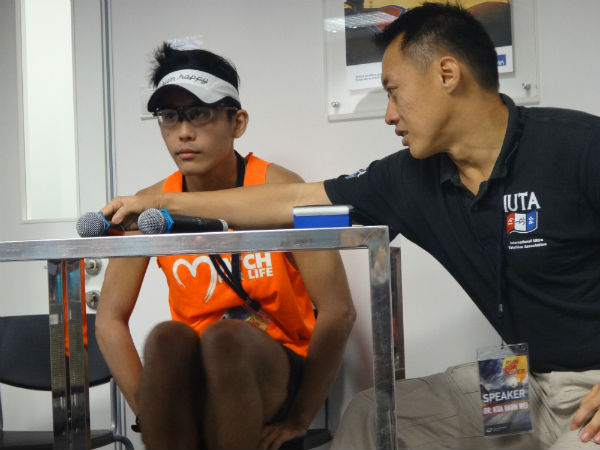
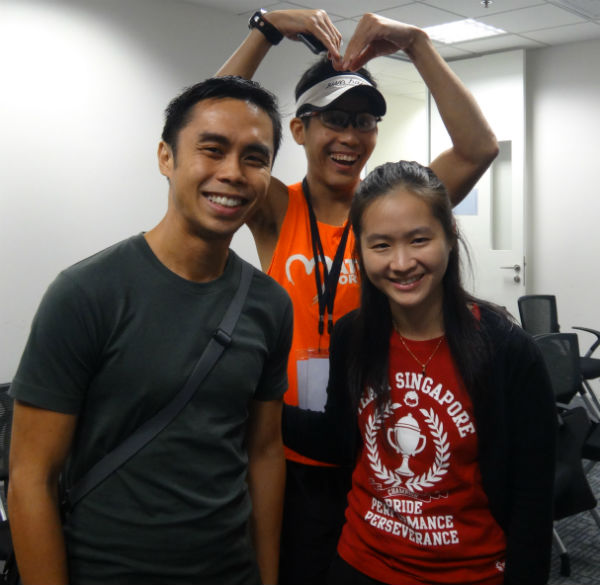
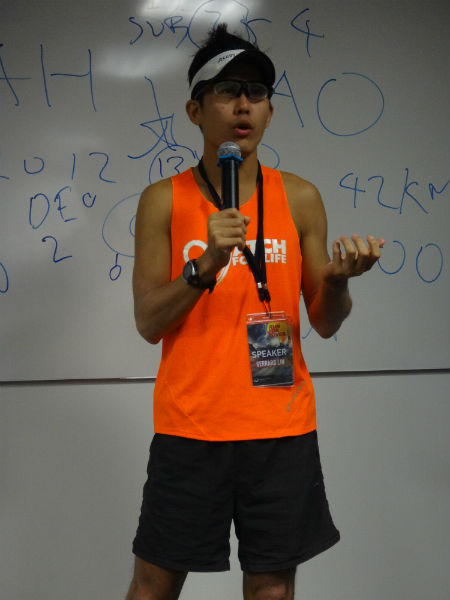
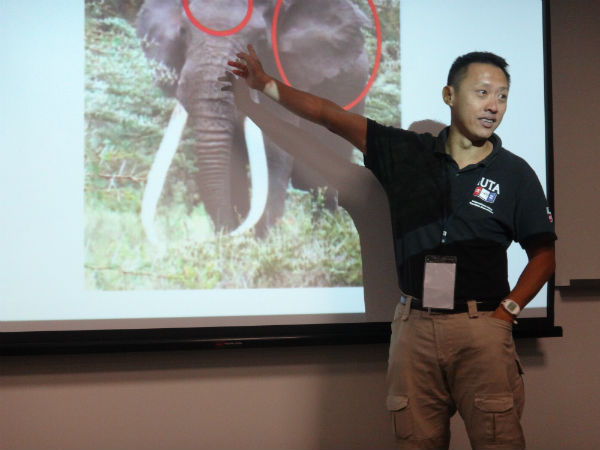
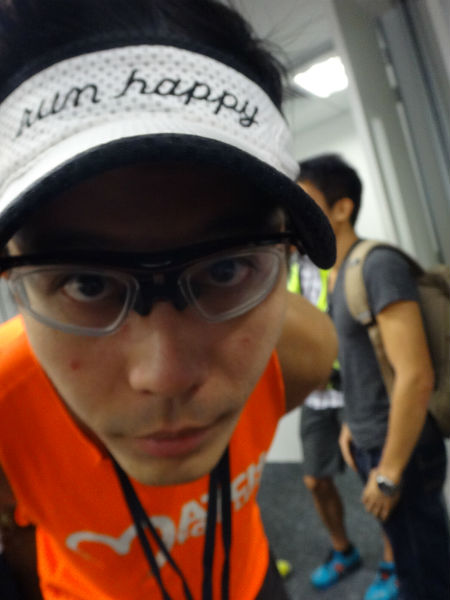
Some corrections/ edits / explanation
1. “As long as nothing is broken, you can continue. ”
This statement is a bit misleading that one should train through pain. In AhSiao’s case, what he meant was the ability to know and separate excuses from true pain that would hamper ones future. He had made a gamble and decided to carry on with his mission. In normal circumstances, any swelling or pain indicates rest is needed. We are not talking about aches and soreness or excuses. We are talking about true pain. And during an ultra, the maxim of continuing if nothing is broken is a huge risk. That ability to decide comes with experience and self awareness. AND COMMON SENSE.
2. “I try to go all out during my long runs so that I can improve” it does not mean ah Siao runs his lungs out during all his long runs. He is concerned about the overemphasis on mileage. 160km/100miles a week is a lot. But what was the pace. What were the weather conditions? What was the duration?
A modulation between time spent on running (duration) versus pace of workouts (speed) from week to week is essential. Eg week one running about total 10hours without a care on pace as long as mileage is hit. Week two strict adherence to pace running a certain distance in certain times.
Quality in workout means an adherence to certain pace, the perception of how u performed. Say I ran 10x 1k in 3:00. That’s a quality pace but what were the recovery periods between? 1 minute or 5 minutes? You could also say it is about intensity. Though a quality workout means a certain intensity of certain volume such that the body is pushed to the edge but not over.
In Singapore, weather plays a big part in how u feel. 5:00/km definitely feels different on different days. Quality is therefore much subjective too. No point trying to force a workout by running times u set prior when it is not happening. You overtrain and injuries follow
Quality thus also means to push and go close to the edge, left with 10 percent in the tank, and feeling good about it.
In ah Siao case he would try his best to achieve quality in his preset paces, then attempt to grade the workout A B or C. He allows fluidity and not being rigid. Being brutally honest is a key.
So every training has a purpose and you are not just mucking around being happy about mileage but missing the point of the whole picture.
3. Intense training pays off? Yes it does. Provided intensity is modulated between training blocks. Hard days and easy days. Hard weeks and easy weeks. Hard months and easy months. It would ebb and peak like a sine wave. Intensity and more intensity just break the body down. The art of taking it easy is never easy. Knowing when to push and let it be. Just like life.
4. the correction in the last paragraph
“A estimated 38 minute 10k time from a 8k time trial with newton running club. I was a 45 minute 10k runner when I first started. “
At the talk, with time constraints, it wasn’t always possible to clarify everything. So thanks for the explanations.
The pictures are really tickling me
They help to make the story flow better!
Thanks for the poses!